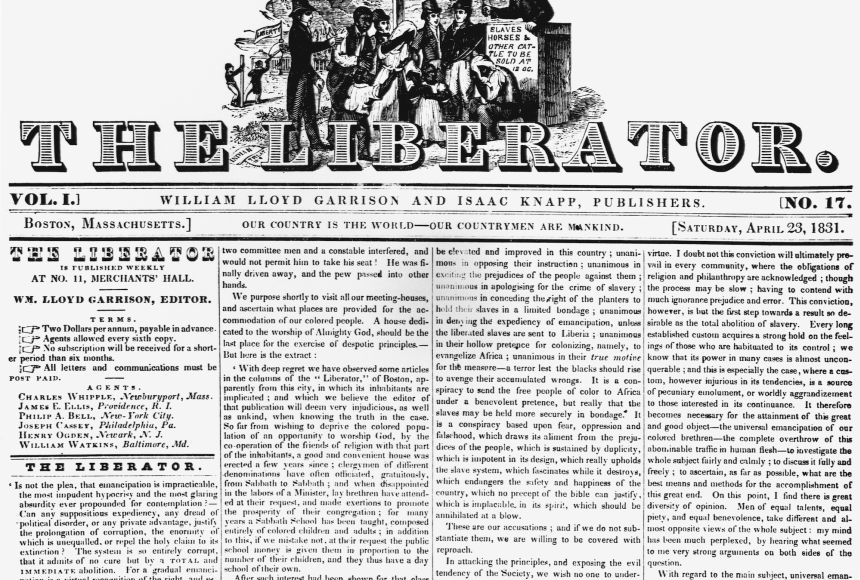The practice of slavery is one of humankind's most deeply rooted institutions. Anthropologists find evidence of it in nearly every continent and culture dating back to ancient times and even the Neolithic period of human development. In Europe, the first significant efforts to ban human trafficking and abolish forced labor emerged in the 18th century.
Enslaved Africans supplied the free labor that helped the British Empire prosper for much of the 18th century. The practice took hold in the English colonies in North America, too. Before, during, and after the United States Revolutionary War, several of the original 13 British colonies abolished slavery. The agricultural-based plantation economy of Southern colonies like Virginia and the Carolinas required a large labor force, which was met via enslaving people of African descent.
In the New England states, many Americans viewed slavery as a shameful legacy with no place in modern society. The abolitionist movement emerged in states like New York and Massachusetts. The leaders of the movement copied some of their strategies from British activists who had turned public opinion against the slave trade and slavery.
In 1833, the same year Britain outlawed slavery, the American Anti-Slavery Society was established. It came under the leadership of William Lloyd Garrison, a Boston journalist and social reformer. From the early 1830s until the end of the Civil War in 1865, Garrison was the abolitionists' most dedicated campaigner. His newspaper, the Liberator, was notorious. It was limited in circulation but was still the focus of intense public debate. Its pages featured firsthand accounts of the horrors of slavery in the South and exposed, for many, the inhumane treatment of enslaved people on U.S. soil. Garrison was a close ally of Frederick Douglass, who escaped his enslavement and whose 1845 autobiography became a bestseller.
Abolitionists were a divided group. On one side were advocates like Garrison, who called for an immediate end to slavery. If that were impossible, it was thought, then the North and South should part ways. Moderates believed that slavery should be phased out gradually, in order to ensure the economy of the Southern states would not collapse. On the more extreme side were figures like John Brown, who believed an armed rebellion of enslaved people in the South was the quickest route to end human bondage in the United States.
Harriet Tubman was like Douglass, she too had escaped enslavement and became a prominent abolitionist. She was active in the Underground Railroad, the clandestine network of safe houses and abolitionists that helped escapees reach freedom in the North. In the late 1850s, she assisted Brown in his planning for the disastrous raid on a federal arsenal in Harpers Ferry, Virginia.
The threat of an armed revolt alarmed Americans on both sides of the debate over slavery. In the 1860 presidential election, voters chose Republican Party candidate Abraham Lincoln. The senator from Illinois opposed slavery but was cautious about supporting the abolitionists. Thirty-nine days after Lincoln's inauguration, the first shots were fired at Fort Sumter, South Carolina, which marked the onset of the U.S. Civil War. Five years later the war ended and the ratification of the 13th Amendment formally ended slavery in December 1865.
